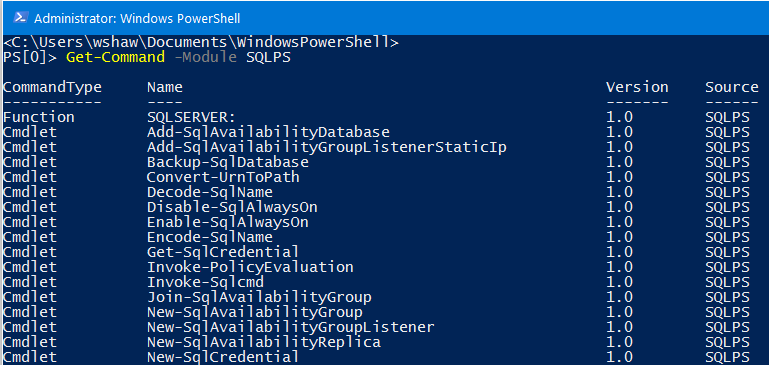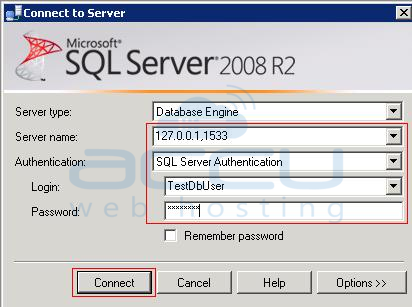

If a SQL Server instance is default instance, type the name of the computer that hosts the instance of SQL Server (e.g. If the SQL Server type is chosen to configure a SQL Server linked server, the name specified in the Linked server text box must be the name of the remote SQL Server. For the purpose of this article, the SQL Server radio button under the Server type section will be chosen and in the Linked server text box, a name of the server will be entered: The linked servers can be defined for different kind of data source if the Other data source radio button is chosen.

In this dialog, the name of a linked server and server type must be identified. To create a linked server in SSMS, right click on the Linked Servers folder and from the context menu select the New Linked Server option: To see all created linked servers in SSMS, under Object Explorer, chose the Server Objects folder and expand the Linked Servers folder: More information about other data sources can be found on this link. In this article will be explained how to configure a linked server using a SQL Server data source. One way is by using sp_addlinkedserver system stored procedure and another is by using SQL Server Management Studio (SSMS) GUI interface. There are two ways of configuring linked server in SSMS. By using a linked server to retrieve data from several SQL instances, the only thing that should be done is to connect to one SQL instance.

A linked server allows joining data from several SQL Server instances using a single T-SQL statement when data exists on multiple databases on different SQL instances. Linked servers allow submitting a T-SQL statement on a SQL Server instance, which returns data from other SQL Server instances.


 0 kommentar(er)
0 kommentar(er)
